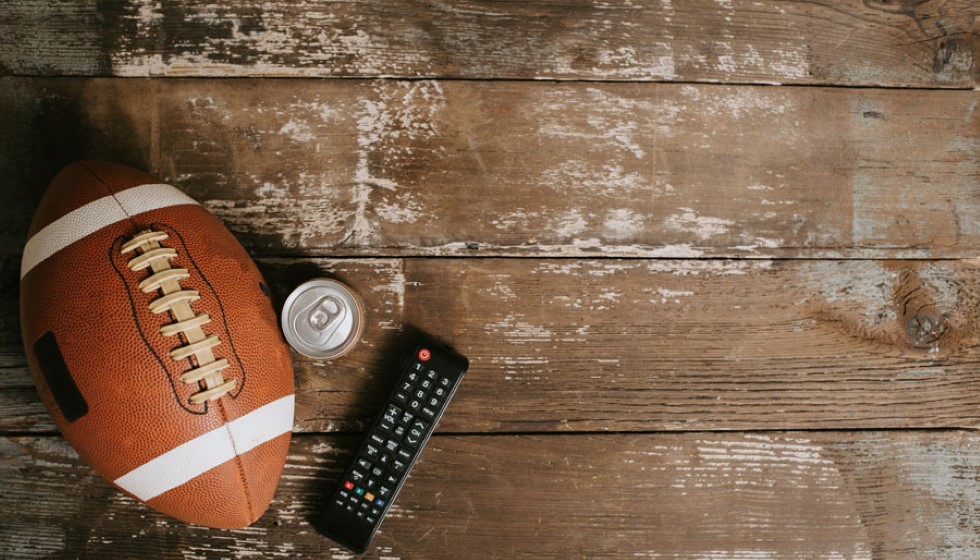
The 2024 NFL season marks a significant turning point in the evolution of player safety, underscored by the introduction of more position-specific helmet models. This development is the result of concerted efforts between the National Football League (NFL) and the NFL Players Association (NFLPA), aimed at enhancing the protective gear tailored to the unique demands of different playing positions. The transition to specialized helmets underscores a pivotal shift towards prioritizing player welfare, leveraging technological advancements to mitigate injury risks, and ensuring players' careers are both safer and longer.
Position-Specific Needs and Innovations
At the heart of this initiative is the recognition that the roles players assume on the field expose them to distinct types of impacts and risks. For quarterbacks, the ideal helmet is one that not only maximizes visibility but also offers robust protection against the high-impact hits that are all too common when pocket protection breaks down. Conversely, linemen, both offensive and defensive, engage in a rigorous physical battle at the line of scrimmage on every play, requiring helmets designed to absorb and minimize the effects of repetitive blows.
The current list of top-rated helmets includes about eight models that are specifically catered to the needs of quarterbacks and linemen. Quarterback helmets are engineered to ensure clear lines of sight for better field vision while maintaining a high level of impact protection. Linemen’s helmets, on the other hand, are built to withstand and dissipate the force from high-impact collisions, a frequent occurrence in the trenches.
Innovations in Helmet Technology
A leading example of such innovation is Riddell's Axiom 3D helmet model, which represents a significant leap forward in helmet technology. The design and development of these specialized helmets are guided by ongoing research and a commitment to reducing head injuries, signifying the NFL's and NFLPA's investment in player health and safety. This push for adoption is gaining momentum, especially among linemen who benefit most from these specialized models.
The drive towards more sophisticated helmet designs was further bolstered by incidents in the league, such as the inquiry into Patrick Mahomes's helmet incident, which brought renewed attention to the critical importance of helmet safety. In response, specialized helmets for linemen were approved in 2022, followed by the approval for quarterbacks in 2023, marking a proactive approach to addressing position-specific risks.
The Trend Toward Specialization
The trend towards the adoption of position-specific helmets is expected to gain traction, with more players likely switching to these advanced models. The emphasis on technological advancements plays a pivotal role in the creation of helmets that are not only safer but more effective at reducing injury risks. As the industry continues to evolve, we may soon see helmets designed for additional positions, such as wide receivers and running backs, each tailored to the unique aspects of these roles on the field.
The overarching goal of these efforts is to minimize injury risk, thereby ensuring a sustainable career path for NFL players. Jeff Miller, the NFL's executive vice president for health and safety, views this as a promising start towards broader adoption. However, he acknowledges that there remains significant room for growth, particularly among linemen, in embracing these advances in helmet safety and technology.
The move towards position-specific helmets is more than just an advancement in sports equipment; it reflects a deeper commitment to player safety, informed by scientific research and technological innovation. It also represents a collaborative effort between the league and its players to tackle the issue of head injuries head-on, promising a future where the well-being of athletes is held in the highest regard. As the 2024 NFL season approaches, the hope is that these advancements will not only protect players but also enrich the game by ensuring that the best talent remains on the field, secure in the knowledge that their health and safety are a top priority.
In conclusion, the introduction of more position-specific helmets is a game-changer in the realm of professional football. With ongoing research and development focused on this area, the NFL and NFLPA are setting new standards for player safety. As technology continues to evolve, the possibilities for further innovations in helmet design are seemingly endless, paving the way for a future where football can be both a thrilling and safe sport for its athletes.